Autumn at High Fen Wildland
Long-tailed Tit | Image and text by Matthew Hay @ Nattergal
How do you notice the change in seasons? When do you decide that it’s autumn, or winter, or spring?
Different people tend to perceive these changes in different ways. For some, autumn is marked by the return of cold nights or maybe the first frost. Others find it in the changing leaves on trees and hedgerows or in the lengthening dark.
Across most of the world, autumn is when the world slows down. Summer birds leave, the frenetic harvest period is done and much of the natural world enters a period of dormancy. But at High Fen, autumn is when the place comes alive.
Down in our wetland and willow carr, red deer stags are roaring – a guttural, primordial cry that stakes a claim to a group of hinds, warning off other males. Overhead groups of cranes can be seen flying, the Fens’ summer population bolstered by migrants from Europe, fleeing colder winters further north and east.
Our hedgerows and scrub are now laden with berries. Buckthorn, dogwood, hawthorn, guelder rose, brambles and briar all advertise the fruit of their summer efforts, their reddening leaves still providing cover for huge flocks of finches, sparrows, buntings and yellowhammers, whose bright chirping goes along way to offsetting the sunless gloom.
These berries will soon be stripped, as huge flocks of winter thrushes have now arrived from Scandinavia, hungry after flying into headwinds all the way across the North Sea. The harsh cackle of fieldfares is one of the clearest harbingers of harsh winter weather and their smaller cousins, redwing, known as smeòrach an t-sneachda – the Snow Thrush – in Scottish Gaelic, are a sure sign that autumn has arrived.
But every year is different. Last October was exceptionally wet and as High Fen’s peatlands filled with water, thousands of ducks and great wedges of whooper swans made our skies a noisy, busy place to be.
This year, the rain came in September and now it is dry. Fantastic news for our peatland restoration groundworks, which are happening this month, and a situation that surely won’t last much longer.
But, perhaps unusually, we’re looking forward to winter at High Fen. To cold bright skies, flooded marshland and the constant noise of all the wonderful wildlife we share this place with.

